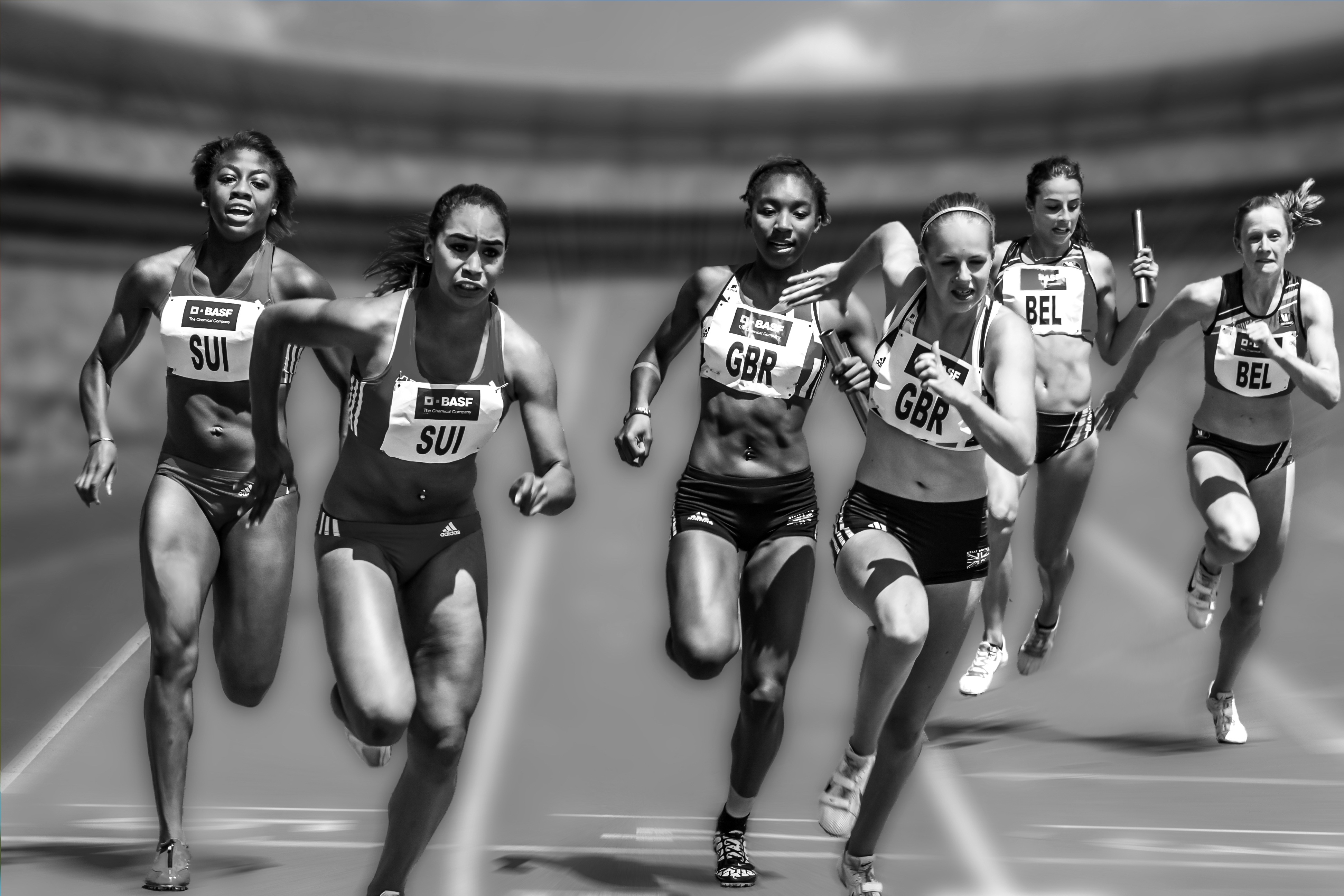I occasionally like to Tweet that strength and conditioning is a lot bigger than just lifting weights. It can define a team and the right strength and conditioning coach can be a serious asset or a serious detriment to a team and its culture. This is one of the reasons why I feel that the soft skills (relationships, communications, expectations, accountability, etc.) are often more important than the initials after your name in this type of setting.
How is strength and conditioning bigger than just lifting weights and “evidence based” practice? Besides physical development, strength and conditioning can develop several things for a team:
- Expectations
- Accountability
- Attention to detail
- Pride
- Teamwork
- Culture
Expectations:
A strength and conditioning coach can develop expectations for the athletes or he/she can create a chaotic culture where there aren’t any. What expectations does a strength and conditioning coach set? The following are some big ones:
- Be on time: Just like to their classes and to practice, athletes/teams are expected to be on time to their team’s strength and conditioning session. This is important because it maximizes the team’s time in the weight room and during speed training. If you let athletes stroll in ten minutes late then they’ve missed the warm up and they are out of synch with the rest of their group. It also sends the message that you as the coach aren’t serious about this, so why should the other athletes be on time?
- Be dressed out: If athletes can remember their phones then they can remember their shoes. As the coach you set the expectation of how the athletes are dressed out for strength and conditioning sessions.
- Follow expectations for phones, social media, ear buds, etc.: If you don’t want athletes on their phones, listening to their own music, or playing on social media then you need to set that expectation and stick to it. Why don’t you want athletes on their phones or listening to their own music? Phones distract from helping out their teammates and take away from concentrating on getting better. Listening to your own music means tuning out to coaching, goes back to you can’t get better, and also means you don’t have the chance to communicate with your teammates. Social media makes the session about you and not about lifting up your team.
- Team expectations: Team coaches outline expectations for their teams, this helps to define who the team is. The strength and conditioning coach needs to reinforce this at all times. For example, if the team’s expectations are to be men and women of integrity, disciplined, servant leaders then this needs to be reinforced in the weight room.
Accountability:
If you have expectations, then you have to hold athletes accountable for them. Not only that, but the best teams hold each other accountable for expectations. Below are some examples of how strength and conditioning develops accountability:
- Following expectations: If we don’t follow through with expectations then we send the message that we aren’t serious about them and they aren’t really important.
- Consequences: Along with the bullet point above, expectations have to have consequences. For example, if the athlete is late do they get to train with the team? Do they do something really horrible? Or do they get sent home, miss the opportunity to get better with their teammates. If they miss enough opportunities do they get cut? Same thoughts on dressing out. Point is, there should be consequences for expectations.
- Good technique: Athletes that have been around a strength and conditioning coach for more than a year should sound like that coach when helping each other out. In other words, they should be able to help each other out with their technique. This is a great way for them to hold each other accountable for good performance.
Attention to detail:
Details matter. Great teams pay attention to details in their preparation, in their performance, and when observing how the other team plays. Strength and conditioning helps to teach attention to details:
- Loading the barbell correctly: This is a really important detail in the strength and conditioning setting. Is the bar loaded with the correct weight? Are the same weights on each side of the bar?
- Technique: Performing the exercises correctly, rather than taking shortcuts, helps to teach us how important details are. For example, if we look down on the squat, we tend to round our shoulders which impacts our lower back. A small detail like that can have huge consequences!
Pride:
A good strength and conditioning program can help to teach pride in being part of a team. How can this be developed?
- Putting everything up where it goes: When everything is put up where it goes, the facility looks neat. If we mix up the 10’s, 25’s, and 45’s then we have a chaotic looking mess. If we leave everything out, then we have a mess. By having to put everything up where it goes when we are finished with it, we reinforce attention to details and we also begin to teach pride in our facilities and our program.
- Helping keep the facility clean: Athletes can help with this by wiping down equipment when they are done with it. Not only does this help with safety in the time of Covid, but it shows pride in how our facilities look and smell.
Teamwork:
Ideally in a team strength and conditioning setting, several athletes are working together on equipment to maximize time and space. To do this, one has to lift, the others have to load and spot, and they have to be able to communicate and rotate. This is the basis of teamwork.
In addition, the strength and conditioning setting can help to develop teamwork by coming together to celebrate the achievements of athletes. I think programs that get the athletes together to cheer and celebrate when another is attempting a PR have the right idea. In a sense, the entire team helped to make that lift!
Culture:
Finally, a good strength and conditioning program helps to develop the team’s culture. Strength and conditioning should be a shared experience, in other words it is something the entire team experiences together. That’s powerful. If all the above was done right, it can also define who the team is in a positive way. On the other hand, if all the above is not done right then it will define the team in a negative way. Either way, it has a huge impact on a team’s culture and identity.



